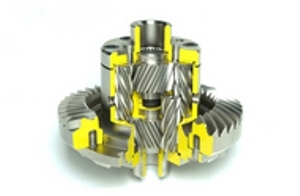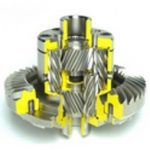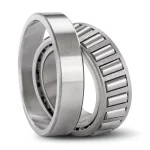Beschrijving
OPLOOP/WOKKELSPER VOOR:
Honda Civic EK4
Honda CRX (Del Sol) Vtec
Honda Civic Si 1999-2000 Vtec
Honda Integra GS / LS 1990-2000
Honda Integra GS-R 1992-1993, Y21
For vehicles fitted with a Y21/Y80/S80 or S4C transmission->!!!!! S80 MET 117MM KROONWIEL IS EEN ANDER DIFF, ZIE HONDA S80!!!!!!!!
The Blackline helical LSD is the preferred option on a street car because of its low maintenance and smooth operation, the configuration is similar to the parallel axis Torsen unit used in Audi Quattro. The Mazda MX5/Miata differential is used in many kit cars due to the low cost and suitability as a donor.
There is a detailed comparison on www.miata.net which compares the characteristics of a Miata viscous LSD, the Tosen helical LSD and the Tochigi Fuji Super ‘Cone Clutch’ LSD – we can supply a copy on request.
Note: This unit can also be used on 1.6 MK1 models but needs the 1.8 diff housing, prop and driver shafts
Helical LSD Advantages:
- Equal rotational speed to both wheels
- Torque distributed according to traction
- Minimal service requirements – no clutches
- Quick reaction compared to viscous LSDs
- Gentle and progressive engagement, low noise
- Easily controlled power take-off and drifting
- Gears and body manufactured from 8620 alloy steel
- Direct replacement into stock differential
The helical LSD’s are torque biasing, that is they distribute torque between the wheels, loading more torque towards the wheel with the best traction thus improving performance and driveabitily. Especially in low grip situations.
The helical gearing manages the distribution of friction within the LSD. When torque is applied to the helical gear system it creates force that pushes the gear into the differential body, thus creating friction. Increases of torque, increases the thrust force directly proprotional to the amount of torque. This allows the LSD to cope with considerable traction imbalance even under heavy power conditions, as would be the case on exiting a powered up corner. But at low torque conditions the LSD can differentiate quietly and smoothly, thus making the differential very suitable for normal road driving. The LSD uses the popular parallel axis helical geared configuration optimised for even load distribution. They are designed with a torque bias of 5:1 this means that if one wheel loses traction then the wheel with the most grip can receive five times as much torque as the wheel that is slipping. However, five times zero is still zero, so all these helical LSD’s work best when both wheels are ‘planted’ and some traction is still available on the slipping wheel. In practice this is rarely a problem as there is always some ‘drag’ on the slipping wheel, however some drivers expertly use left foot braking to partially lock the spinning wheel.
Note – Helical LSD’s work especially well when combined with modern anti-lock braking systems.



